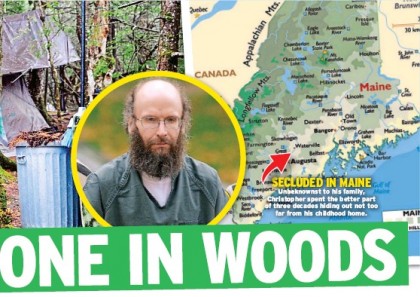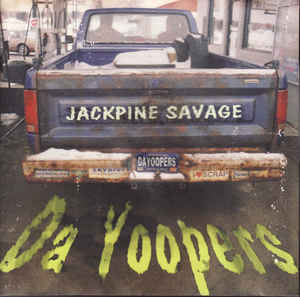Lughnasa Waning Summer Moon
 Reading two books right now, The Stranger in the Woods and Northland. They are oddly complementary. Northland recounts a three-year long journey by the author following the northern border across the U.S. It starts in Maine. This early part of his journey is through land very familiar to friends Paul and Sarah Strickland who live near the St. Croix River separating the U.S. and Canada. Stranger in the Woods tells the story of Christopher Knight, who grew up in central/northern Maine, graduated from high school, became a burglar alarm installer, then, at age 20 decided to disappear into the woods. He was found 27 years later after having spent the intervening time in silence, living alone in a rocky clearing and subsisting off of raiding cabins near his well-concealed home.
Reading two books right now, The Stranger in the Woods and Northland. They are oddly complementary. Northland recounts a three-year long journey by the author following the northern border across the U.S. It starts in Maine. This early part of his journey is through land very familiar to friends Paul and Sarah Strickland who live near the St. Croix River separating the U.S. and Canada. Stranger in the Woods tells the story of Christopher Knight, who grew up in central/northern Maine, graduated from high school, became a burglar alarm installer, then, at age 20 decided to disappear into the woods. He was found 27 years later after having spent the intervening time in silence, living alone in a rocky clearing and subsisting off of raiding cabins near his well-concealed home.
Porter Knox, author of Northland, says that land in the U.S. along the northern border is a land apart, distant from the rest of the country both for its inhabitants and visitors. Having lived in Minnesota for forty years, I know the Northland border there and in Michigan, too. It’s severe country in Minnesota with temperatures the rest of the country read about during the winter, lakes carved by the retreating glaciers of the last ice age and boreal forests. It’s also poor country with soil too rocky and thin for agriculture and too distant from cities for most commercial purposes. Tourism is the main economic driver there and that’s seasonal.

Knight’s family had developed a way of living in the Northland. They had a large garden, hunted, were clever with their hands and spent time with books, not media. It was a subsistence existence that reminded me of the movie Captain Fantastic. Christopher took the northland life style to a logical extreme, becoming isolated not only from the rest of the country, but from human community itself. In Minnesota and Wisconsin his family would probably have been called Jackpine Savages, which refers to folks who live off the land there, often taking multiple jobs while living mostly off game, fish and gardens.
As I write this from the top of Shadow Mountain, I can see how different and faraway this border and these lifestyles must seem to the rest of the U.S. In fact, it strikes me as odd how little known these northern lifeways are. Redneck culture, not the same, but also rural in origin, has a lot of visibility. So does the older Appalachian Scotch-Irish culture from which Redneck culture emerged. Cowboys were similarly isolated from mainstream U.S. culture, but their presence is large in U.S. history, too. Not so for the folks who live in the colder regions along the border with Canada.
